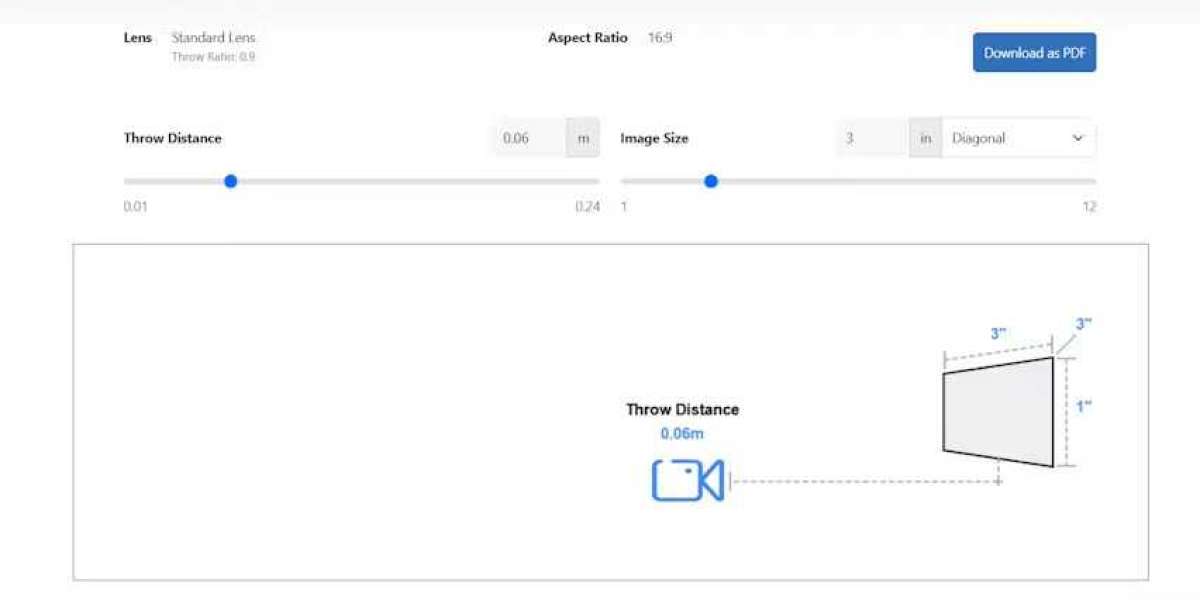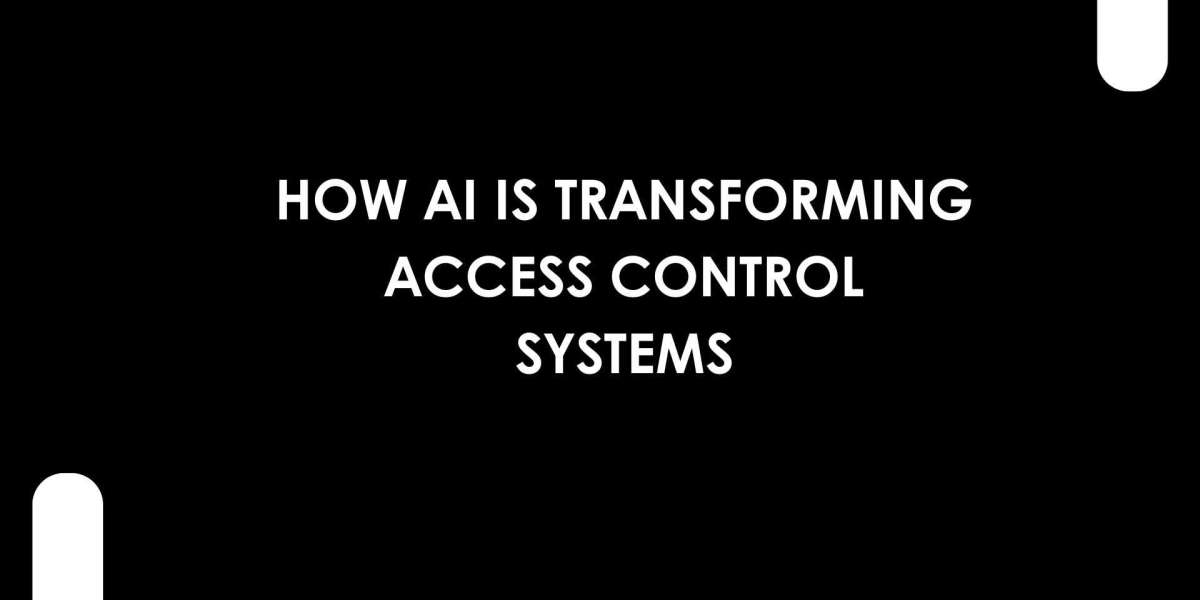In today’s corporate landscape, meeting rooms are evolving from basic spaces for discussion to intelligent hubs for collaboration, decision making, and presentation. A critical part of this transformation is the integration of advanced display technologies, with video walls emerging as a top choice. When evaluating Video Wall vs Projector, video walls offer distinct advantages in smart meeting room environments, enhancing engagement, interactivity, and overall meeting effectiveness.
Introduction to Smart Meeting Rooms
Smart meeting rooms combine technology, automation, and connectivity to create environments that facilitate seamless communication. They often include features such as automated lighting, video conferencing, interactive displays, and digital scheduling systems. The display technology at the heart of these rooms plays a pivotal role in delivering content clearly and efficiently.
While projectors have historically been the standard for presentations, video walls are now increasingly preferred in smart meeting rooms due to their superior image quality, brightness, and flexibility. These large format displays provide a visually engaging platform for sharing data, visuals, and multimedia content in real time.
Advantages of Video Walls in Smart Meeting Rooms
Enhanced Visual Clarity
Video walls deliver high resolution and uniform brightness across large screens, ensuring that all participants can view content clearly, even from different angles. Unlike projectors, which can suffer from dim images in well lit environments, video walls maintain consistent clarity, making them ideal for collaborative spaces.Scalability and Flexibility
Video walls are modular and can be customized to fit the specific dimensions of a meeting room. Corporates can scale the display size according to room size and presentation requirements. Unlike projectors, which require precise throw distances and projection surfaces, video walls can be installed directly on walls, optimizing space and aesthetics.Seamless Multi-Source Display
Smart meeting rooms often require the display of multiple content sources simultaneously, such as presentations, spreadsheets, video feeds, and collaborative whiteboards. Video walls allow easy integration of multiple input sources, enabling split screen or multi-window views that enhance productivity.Interactivity and Collaboration
Many video wall solutions support touch or gesture-based interactivity, allowing teams to manipulate content, annotate, or collaborate in real time. This interactivity goes beyond what standard projectors can offer, making meetings more dynamic and engaging.Reliability and Low Maintenance
Video walls are designed for continuous operation and require minimal maintenance compared to projectors, which need lamp replacements, filter cleaning, and frequent calibration. This reliability is essential in corporate environments where downtime can disrupt important meetings.
Comparing Video Wall vs Projector in Smart Meeting Rooms
When considering Video Wall vs Projector for a smart meeting room, several factors highlight why video walls are often the better choice:
Image Quality: Video walls provide consistent brightness, high contrast, and superior color accuracy, ensuring content is legible and impactful from every seat.
Space Utilization: Video walls can be mounted on walls or integrated into room designs, freeing up floor and ceiling space. Projectors may require ceiling mounts or retractable screens that limit design flexibility.
Ease of Integration: Video walls easily connect to conferencing systems, AV automation platforms, and content management software, streamlining technology management.
Durability: Video walls are built for continuous use, unlike projectors that may overheat or degrade over time with constant operation.
Use Cases for Video Walls in Smart Meeting Rooms
Executive Boardrooms
Video walls provide a professional, high impact display for strategic meetings, presentations, and video conferencing with remote stakeholders. Their clarity and brightness make complex data and visuals easier to interpret.Collaboration Hubs
Teams working on projects can benefit from interactive video walls that allow real time annotation, content sharing, and simultaneous viewing of multiple applications.Training Rooms
Smart meeting rooms used for employee training can utilize video walls to deliver immersive learning experiences, combining video, slides, and interactive modules.Client Presentation Rooms
Video walls create a modern, high tech impression, enhancing the corporate image during client presentations or pitches. The ability to show multiple content streams simultaneously improves storytelling and engagement.
Best Practices for Video Wall Integration
Leverage XTEN-AV Tools: Simulate room layouts, plan video wall placement, and calculate optimal screen size and viewing angles to maximize impact.
Content Optimization: Design presentations and content specifically for video walls, taking advantage of high resolution, split screens, and interactive capabilities.
Seamless Connectivity: Integrate video walls with smart room controls, conferencing tools, and content management systems for smooth operation.
Ambient Light Considerations: Although video walls perform well in bright rooms, adjusting lighting can enhance viewing comfort and reduce glare.
The Future of Video Walls in Smart Meeting Rooms
As smart meeting rooms continue to evolve, video walls will play an increasingly central role. Advanced features such as touch interactivity, AI driven content management, and real time collaboration tools are making these displays indispensable. They not only improve communication but also reinforce a corporate commitment to innovation and professionalism.
Conclusion
The adoption of video walls in smart meeting rooms represents a significant advancement in corporate AV technology. When evaluating Video Wall vs Projector, video walls offer superior image quality, flexibility, reliability, and interactivity. They transform traditional meeting spaces into intelligent collaboration hubs, enhancing engagement, productivity, and professional image.
XTEN-AV equips AV professionals with tools to plan, simulate, and optimize video wall integrations, ensuring the best performance for every smart meeting room setup. By leveraging these solutions, corporates can create meeting environments that meet the demands of modern collaboration while future proofing their AV investments.








